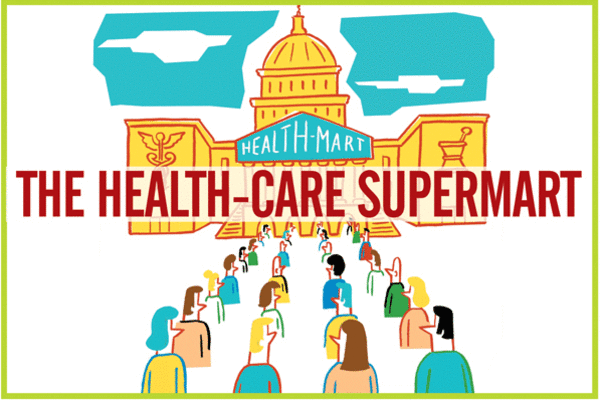Employee Perks That Make The Holidays Merry
It’s that time of year again: the time when employers ponder ways to show their employees appreciation for a job well done and employees hope for a little something extra under the tree. How can you ensure that the holiday perks you have in mind are the ones that will really resonate with your employees?
Giving the Gift of Time
Around the holidays, one of the scarcest commodities anyone has is time. Savvy employers discern that employees highly prize generous holiday leave policies.
Some small, locally owned industries manage to arrange their production schedules in such a way that they can close their doors between Christmas and New Year’s every year. While juggling the production schedule requires forethought and fine planning skills, companies that manage this perk reap the rewards of high employee morale as the holidays near.
Giving the Gift of Time
Around the holidays, one of the scarcest commodities anyone has is time. Savvy employers discern that employees highly prize generous holiday leave policies.
Some small, locally owned industries manage to arrange their production schedules in such a way that they can close their doors between Christmas and New Year’s every year. While juggling the production schedule requires forethought and fine planning skills, companies that manage this perk reap the rewards of high employee morale as the holidays near.






















